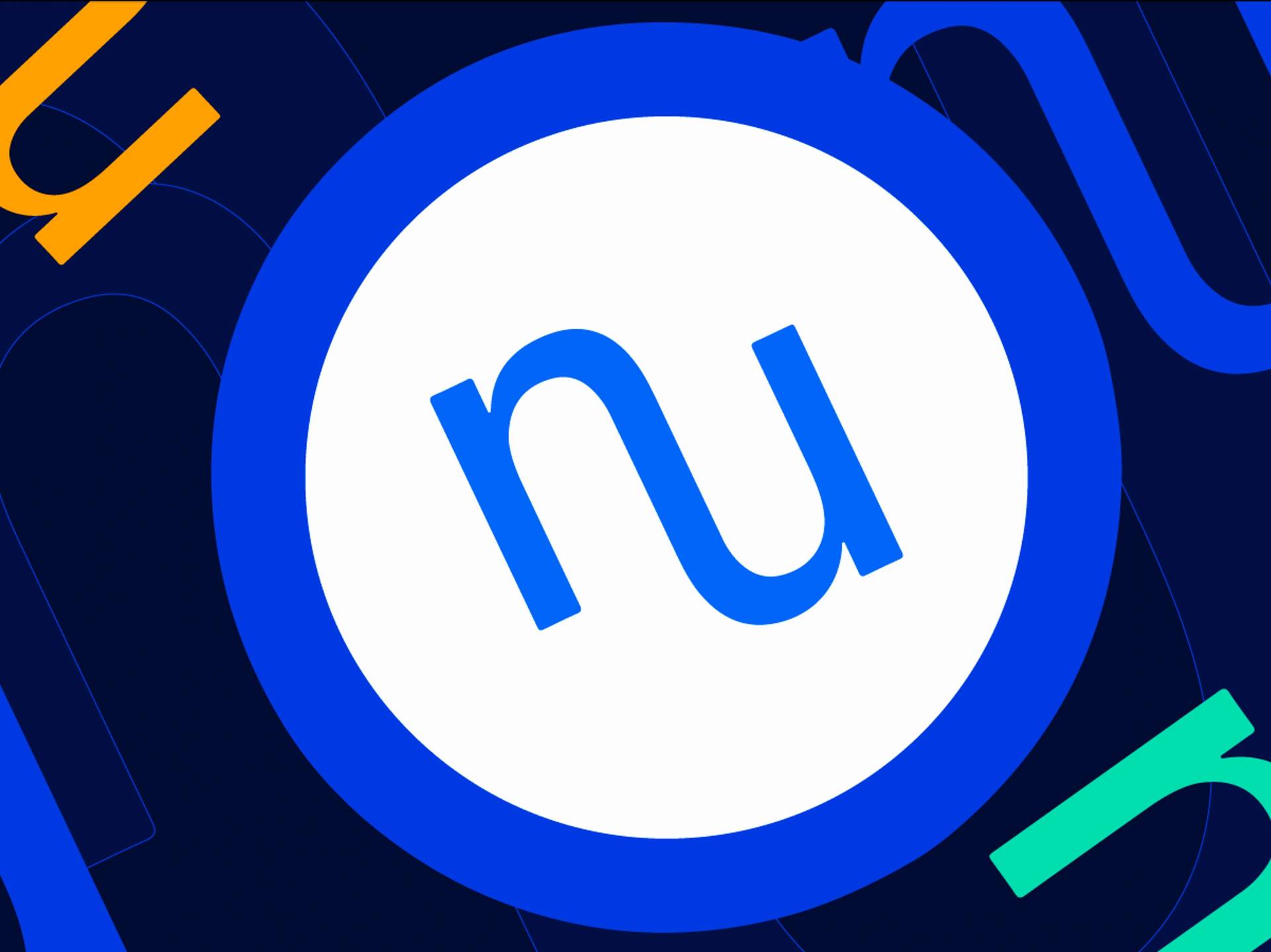Subscribe to wiki
Share wiki
Bookmark
NUCypher
The Agent Tokenization Platform (ATP):Build autonomous agents with the Agent Development Kit (ADK)
NUCypher
NUCypher is decentralized encryption, access control, and key management system (KMS), an encryption service for public blockchains. NuCypher offers end-to-end encrypted data sharing on public blockchains and decentralized storage solutions.[1][2]
History
In October 2019, NUCypher raised $10.67 million in new funding ahead of its mainnet launch. The round is led by venture firm Polychain Capital, with participation from Y Combinator, Bitmain, BitFury, Arrington XRP Capital, Notation Capital, and over 10 other firms.
The investors purchased NUCypher's native tokens, NU, worth $10.675 million or 8% of the initial supply. The investors also agreed to stake-lock their tokens for two years, meaning they will stake and run nodes of the network for at least two years. The funding was raised via a SAFT (Simple Agreement for Future Tokens) Series 2 sale, bringing the firm’s total funding to date to $15.825 million and valuation at $133 million.[3][1]
On October 6, 2019, NuCypher has launched a public testnet of its network. The new capital will help NuCypher stress-test the network and support the remaining development. While the network has not finalized a date for its mainnet launch yet, it estimates to go live by Q1 of 2020.
Overview
NuCypher allows users to share private data between a number of participants in public consensus networks, using proxy re-encryption (PRE) technology. This decryption technology makes NuCypher much more secure and protected than traditional blockchain projects based on public-key encryption, according to NuCypher.
NuCypher (NU) is the native tokens used on the larger NuCypher network. The tokens are used to incentivize network participants for performing key management services and accessing delegation/revocation operations on the network.
The NU tokens are also used for staking to run a NuCypher worker node. The NuCypher network is protected against malicious staking, and would automatically slash a suspected user’s rewards.
NU is also used on the network for participating in the NuCypher DAO. The NuCypher DAO is the protocol that controls network parameters and smart contract upgrades on the network. Users who stake NU can also participate in validating DAO proposals.[4]
What makes NuCypher unique?
Unlike most blockchain projects that are designed to serve customers, better transactions, IoT operations, voting mechanisms, and the like, NuCypher was created for other blockchains. NuCypher is a privacy layer for blockchains.
NuCypher provides a privacy infrastructure for the decentralized web with proxy re-encryption (PRE) and fully homomorphic encryption (FHE) technologies.
Using the NuCypher network, users can conditionally grant and revoke access to data with multiple users at a time. NuCypher's encryption service provides almost unparalleled security for sensitive data transfer. It combines this with the trustless and censorship-resistant nature of conventional public blockchains.
The cryptographic libraries of NuCypher include;
• pyUmbral, the reference implementation of the Umbral threshold proxy re-encryption scheme;
• NuBLS, a threshold BLS signature library, and
• rust-umbral, a Rust implementation of Umbral with bindings to JavaScript and Python.[5][6]
NuCypher is a secured Network
NuCypher is a layer 2 resource allocation protocol on ethereum that uses a proof-of-stake (PoS) mechanism to coordinate worker nodes.
The network runs on a novel node distribution mechanism which NuCypher calls the WorkLock. To run a NuCypher node, a minimum of 2,000 node operators would need to stake 353,913.
The minimum lockup staking period is 30 days. However, NuCypher doesn’t guarantee that staking for longer than one year will provide greater benefits in terms of earning rewards. Unless the user opts out after a staking period, staking rewards are automatically restocked after each period.
Tokenomics
At NuCypher’s mainnet launch in October 2020, there was a total supply of 1 billion NU tokens. According to the release schedule, 3,335,938 and 4,460,000 NU tokens are released monthly to the SAFT Series 2 and Team/Equity investors every month.
The WorkLock, NuCypher’s novel network node setup mechanism, is expected to get 225,000,000 NU tokens in April 2021. Factoring in the monthly release of the NU tokens, 1,088,876,961 NU tokens have been issued with 392,750,000 currently in circulation.
The network has a max supply of ~3.89 billion NU tokens.[7]
Founders of NuCypher
NuCypher was co-founded by Mikhail Egorov (the founder of Curve) and MacLane Wilkison. The white paper for NuCypher was first published in June 2017, but the testnet did not launch until November 2018.
Egorov currently serves as the chief technical officer of NuCypher. He is a security researcher, physicist, and scientist from the Moscow Institute of Physics and Technology. He is also the co-founder of LoanCoin, decentralized banking, and crowdlending network.
Co-founder MacLane is a software engineer and the CEO of NuCypher. Prior to his involvement in blockchain, he worked as an investment banker at Morgan Stanley, where he provided financial services to enterprises in technology, media, and telecommunications. He has also co-founded LoanCoin, along with Mikhail Egorov.
Both Egorov and MacLane participated in the U.S. startup accelerator Y Combinator in the summer of 2016. The following year, the whitepaper for the NuCypher project was published.
NuCypher launched its private testnet in 2018. The private treatment launch saw participation from major staking infrastructure providers including Bison Trails, Figment, InfStones, and Staked.us.
The public testnet of NuCypher began in October 2019. However, the incentivized public testnet began in January 2020. The mainnet of NuCypher launched in October 2020 after distributing $45 million in NU tokens to nodes.
Team
MacLane Wilkison - Co-Founder & CEO
Mikhail Egorov – Co-Founder & CTO
David Nunez – Cryptographer
John Pacific – Engineer
Derek Pierre – Business Development
See something wrong?
The Agent Tokenization Platform (ATP):Build autonomous agents with the Agent Development Kit (ADK)
